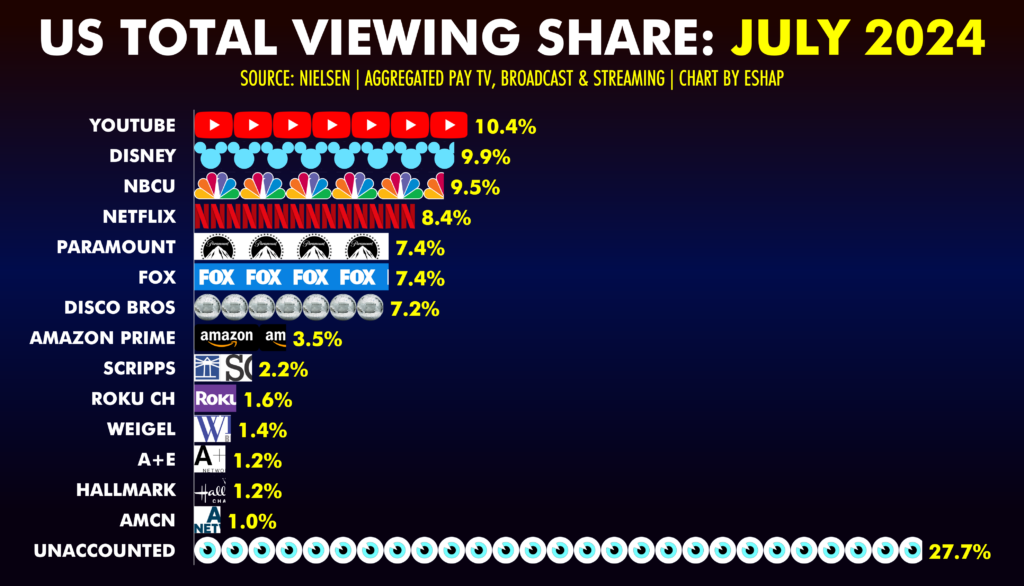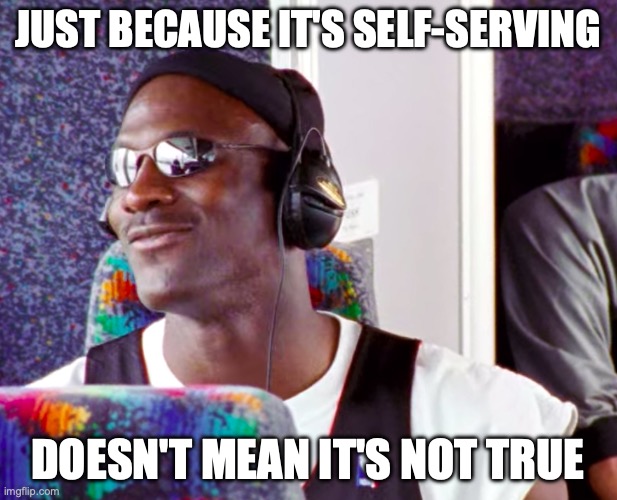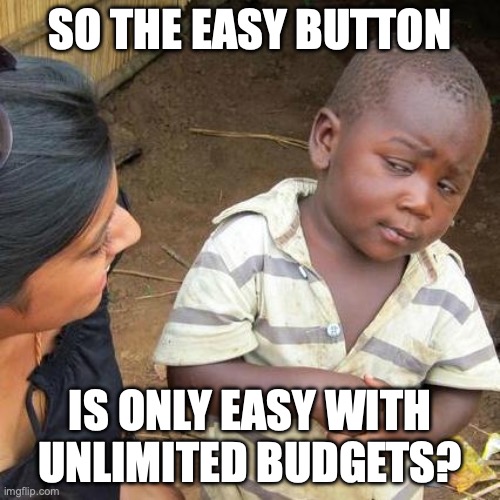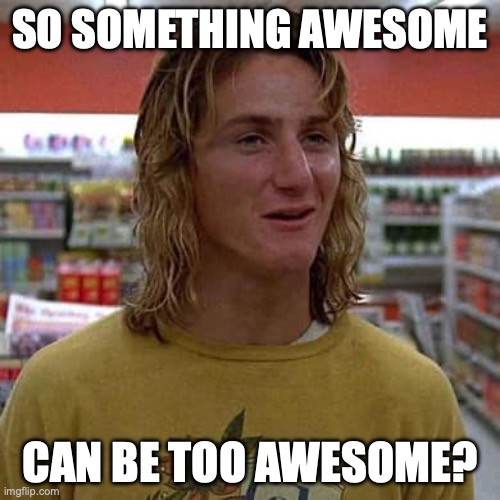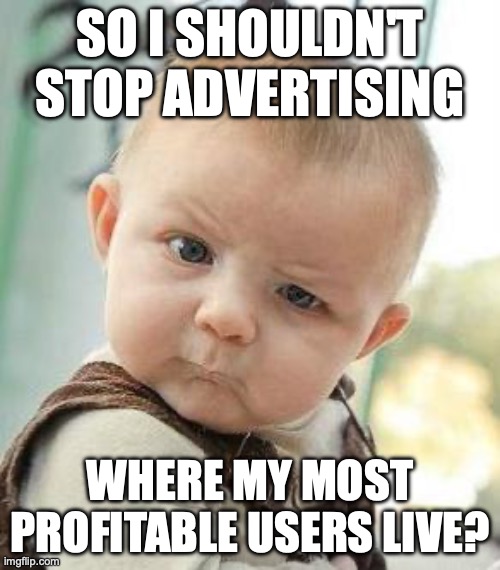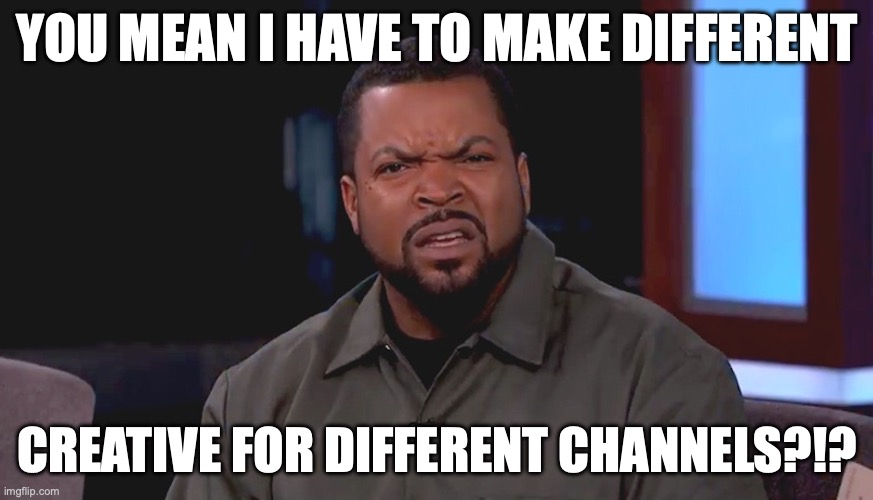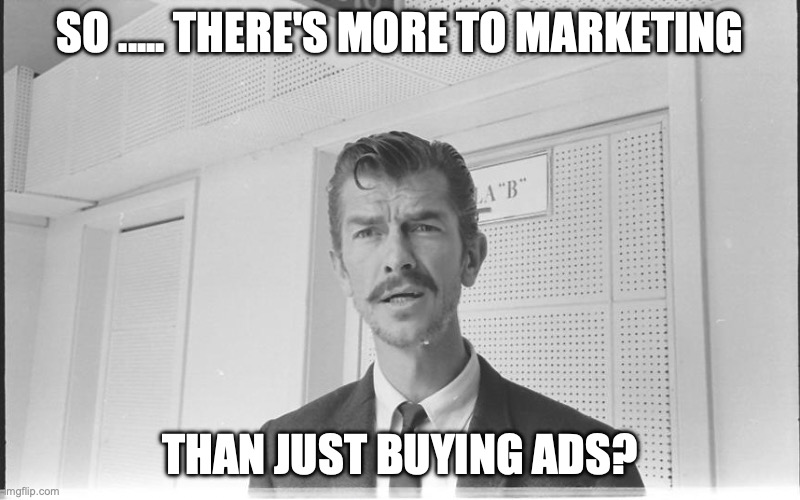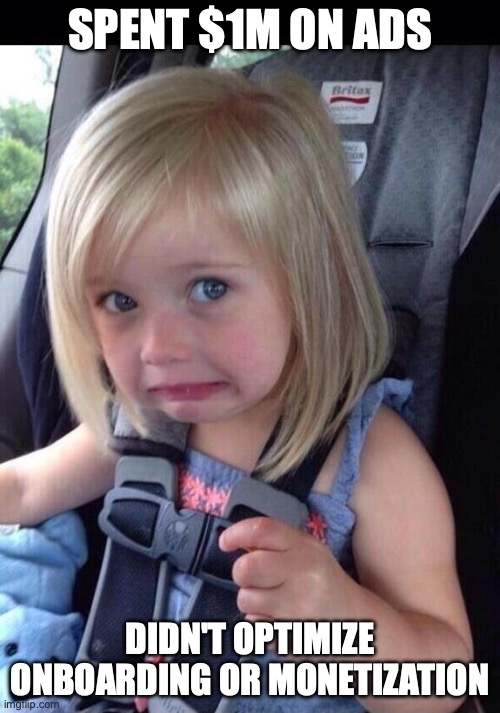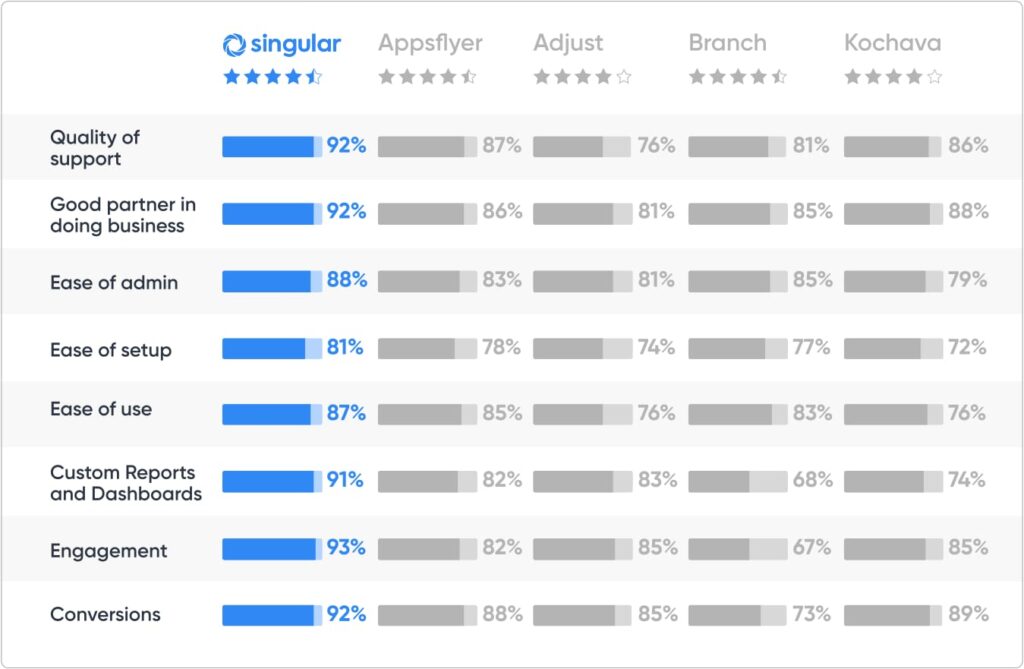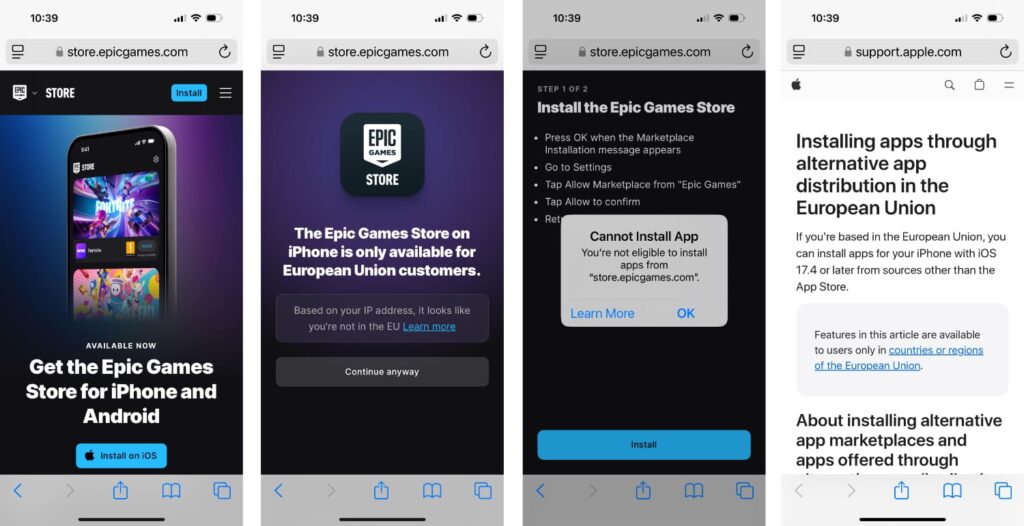We saw in Q1 of this year that Conversion APIs, or CAPIs, are hugely critical in the post-privacy marketing landscape for driving advertising effectiveness measurement. How? Snap made it perfectly clear. In the company’s breakout earnings report with 5X the growth of the same quarter in the previous year, Snap called out CAPIs as a significant factor in driving performance marketing revenue, which grew much faster than brand marketing.
In the company’s investor letter, Snap said that CAPI integrations exploded 3X and represented half of all direct response ad revenue:
“Our improvements to CAPI, improved collaboration with advertisers, and growth in partner integrations has resulted in CAPI integrations growing approximately 300% year-over-year in Q1. Advertisers that represent approximately half of all DR ad revenue have now completed CAPI integrations.
But what are CAPIs, how do they work, what good are they for advertisers, and is there an easy button to get them up and running?
I spent some time with Singular’s Mike Gadd, customer success director for EMEA and India and former rock climbing instructor. Hit play and keep scrolling …
You get CAPIs, you get CAPIs, everyone gets CAPIs
It seems like everyone has a conversion API now.
Meta was probably first off the mark, offering a CAPI in 2020. That was a year before Apple released iOS 14.5 with App Tracking Transparency, effectively shutting a significant portion of the pipeline informing advertisers how their ads are performing. Just as devastating initially, however, was ATT’s damming of data flow about users, players, customers, and devices to marketing platforms.
When you know less about the people whose attention you’re selling ads against, the ads are less targeted, less relevant, less valuable. Facebook lost an estimate $10 billion in revenue.
How do CAPIs help fix that?
CAPIs correlate advertisers’ first-party data about acquired customers with advertising platforms’ first-party data about who they’ve delivered ads to. This can and should be privacy-safe, using hashed data to securely send a tag or identifier. Ad platforms check the hashed data, compare it to their own, and report a conversion.
Google has a CAPI, Pinterest does, TikTok has what it calls Events API, and Snap, as I mentioned at the top of this post, has a conversion API.
Here’s how TikTok refers to its CAPI:
“TikTok Events API provides advertisers with a reliable connection between TikTok and advertiser’s marketing data, across web, app, and offline (eg. Store, CRM) channels with the ability to customize the information they share with TikTok.”
“Reliable connection” is code for “doesn’t happen via Apple.” (Or any other company that could block the flow of information.)
Benefits for advertisers include capturing missing conversions, giving you a better picture of ad performance.
That’s obviously also a benefit for the ad platform. It’s also, as TikTok notes, a resilient solution for an evolving advertising ecosystem. Other benefits include granular control over what data you send and having, as Meta indicates, a single connection point that can reduce complexity in your tech stack.
Web, web to app, and CAPIs
CAPIs are not, of course, solely about ATT or iOS. As I mentioned above, they pre-date iOS 14.5. The web is a massive use case for conversion APIs, and that’s come into sharper focus as mobile app publishers expand both their marketing and their product offerings to the web.
“A CAPI is a bridge between your website generally and the advertising platforms that you’re working with,” says Mike Gadd.
In the past you might have embedded a tracking pixel in your website for Google, for Meta, for TikTok, and potentially other big platforms and ad networks.
That’s a bunch of maintenance, but it has other problems. It’s brittle: VPNs and privacy-focused browsers can block them. For example, Firefox has “Enhanced Tracking Protection,” Safari has “Intelligent Tracking Prevention,” and Brave has aggressive tracker blocking that can stop tracking pixels from loading, particularly if they’re from known tracking domains.
Another challenge from the advertiser side: if you embed a tracking pixel on your website and it works, you have no control over what data gets shared or scraped or seen by the ad network.
A conversion API is backend, server to server.
It’s entirely under your control: only data you want to set gets sent.
And it’s as unblockable as standard internet traffic.
This matters for marketers who are increasingly advertising on the web for a mobile app experience, mediated by a landing page.
“We are seeing more and more customers who are using web advertising to drive to landing pages and then download an app from there,” says Gadd.
“An interesting use case for CAPIs is being able to actually understand what’s going on in the app and use CAPIs to pass the information back to those networks … which wasn’t possible before … you were doing web advertising and app activity and you had this gap of being able to do your optimization. Now with CAPIs, it’s possible to be able to pass that back.”
PC and console gaming: also a major conversion API use case
Because so much PC and console game marketing happens on the web, a CAPI strategy using an intervening landing page works well here also.
That particularly helps when you don’t know which platform your customer will prefer.
“Definitely for PC/console we see a lot of customers who will have a landing page first,” says Gadd. “Sometimes that will be because you’re going onto multiple platforms, so you need to pick the platform that you want to go to, whether you’re going onto Steam or another platform.”
The landing page then of course not only provides the routing but part of the measurement that can then be reported via your CAPIs.
So where’s the easy button?
At Singular, we initially saw CAPIs being used primarily by enterprise or larger clients first, due to some of the technological sophistication required to set them up.
Also, those larger clients were more likely to have both web and mobile components of their business, or perhaps even console games or outposts on additional platforms. Now more and more clients are doing it, including midmarket and growing customers.
But it’s not necessarily easy.
“If we look at different integrations that we work with in terms of data connectors that pull cost data and monetization data and things like that, CAPI connectors are definitely the most involved integration that we will do,” says Gadd.
Which is why there’s a Singular integrations team that will do it with you.
The big ones are most popular, of course: Meta, Google, TikTok.
If you’re looking for help, simply chat with your Singular representative about how to set up CAPIs for your apps or games. Singular, essentially, is your easy button for CAPIs.
